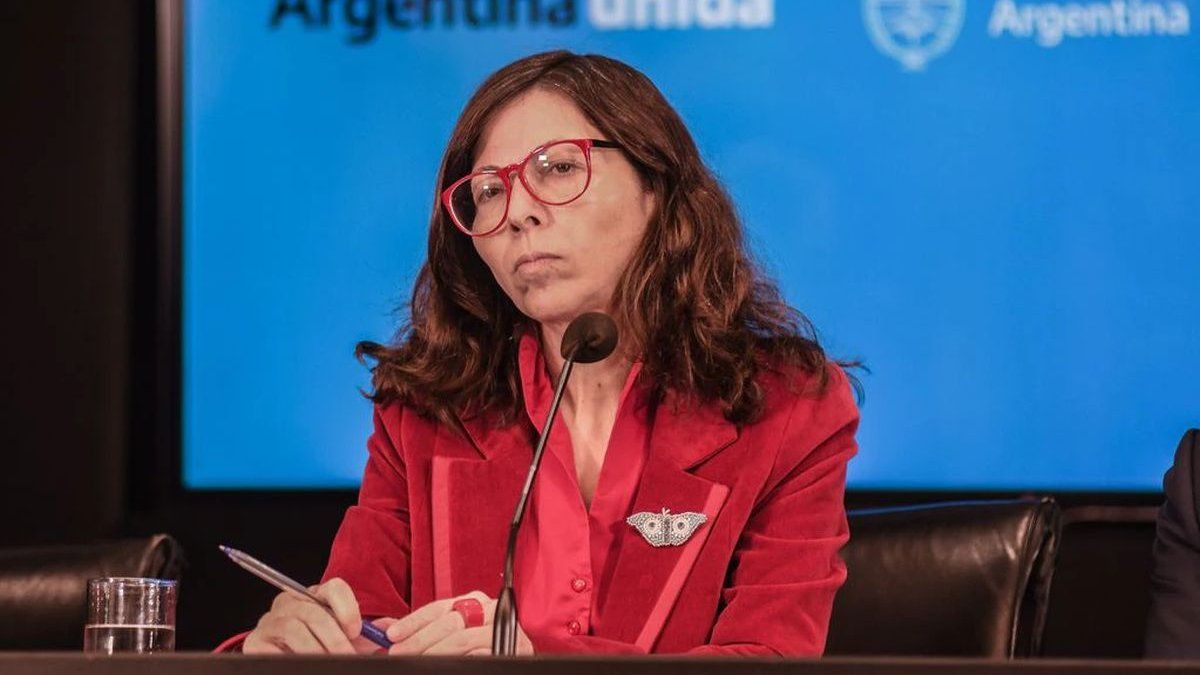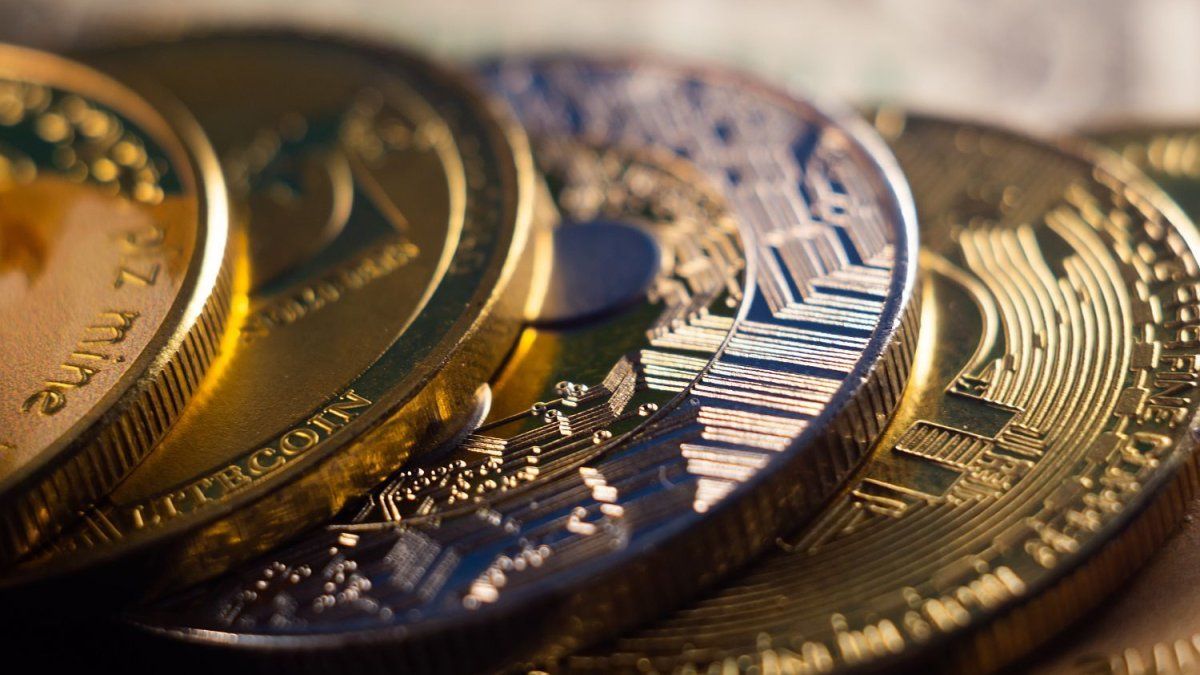The idea is to accelerate the implementation of the measure as much as possible, taking into account that in the coming days a significant number of foreigners, mainly Brazilians, will arrive in the country to enjoy the ski season. According to the data handled by the portfolioSo far this year, 1,500,000 tourists have visited the country and spent some US$1.4 billion. However, only 16% of those dollars entered the formal market.
The conversations at this time go through how to implement these modifications in the exchange scheme. According to official sources, works in three different tools. One of them could be implemented through the Credit cards that at the time of closing they would recognize an exchange rate higher than the official one. In any case, the fiscal cost that any initiative of this type could imply remains under scrutiny.
In any case, the relief that tourism could provide in terms of foreign exchange seems minor compared to the delay that is perceived in the sales of the agro-industrial complex. The head of the Chamber of the Oil Industry of the Argentine Republic, Gustavo Idigorassaid that “there is a quite worrying situation at the end of the soybean sales rate. We are at one of the lowest rates in the last 20 years and even lower than in 2008 when the 125 crisis was ″. Along the same lines, he explained: “There are between 28 and 29 million tons, which at export prices represent about US $ 14,000 million.”
The phenomenon occurs because the producers perceive that the exchange rate of the exporting sector is backward. “Today nobody believes that this is going to stop, the soybean exchange rate is very low and you have input distributors that apply the MEP, so an endless snowball is generated where the producer sits on his produce and wait to see what will happen, meanwhile the rental contracts and supplies are only paid at the end of the year”, a high-ranking leader in the sector summarized to this medium.
Specifically, today the soybean sector receives about $90 for every dollar exported. Meanwhile, cash with liquidation climbed to $313 and blue to $317 and the gap widened again. Given this situation, official sources confirmed to Ámbito that measures are being analyzed to speed up the liquidation.
As this media learned, a businessman with an oiled relationship with the Casa Rosada approached weeks ago a project to face a more aggressive exchange split. The proposal includes a differentiated exchange rate for a group of exportable products but also a more expensive dollar for the importation of luxury goods, such as boats, private planes and luxury cars.
The other two options that appear in the range are more linear: a devaluation, which the Government has ruled out until now, and maintaining the same scheme until September, when energy imports will plummet significantly. All options are open. The Minister of Economy alerted her peers at today’s meeting due to the seriousness of the situation. The shortage is no longer just in dollars, but also in pesos.
Source: Ambito
David William is a talented author who has made a name for himself in the world of writing. He is a professional author who writes on a wide range of topics, from general interest to opinion news. David is currently working as a writer at 24 hours worlds where he brings his unique perspective and in-depth research to his articles, making them both informative and engaging.




